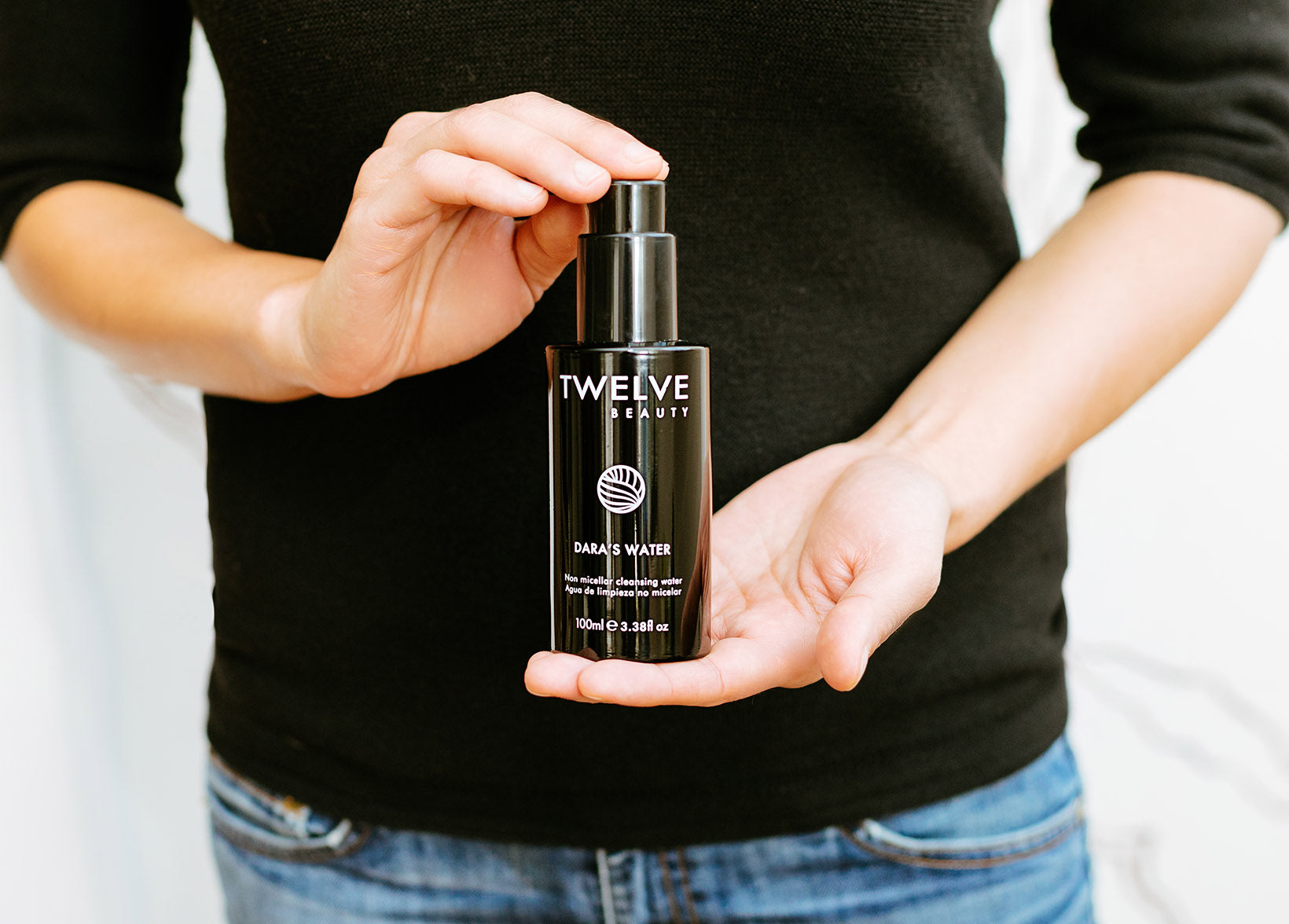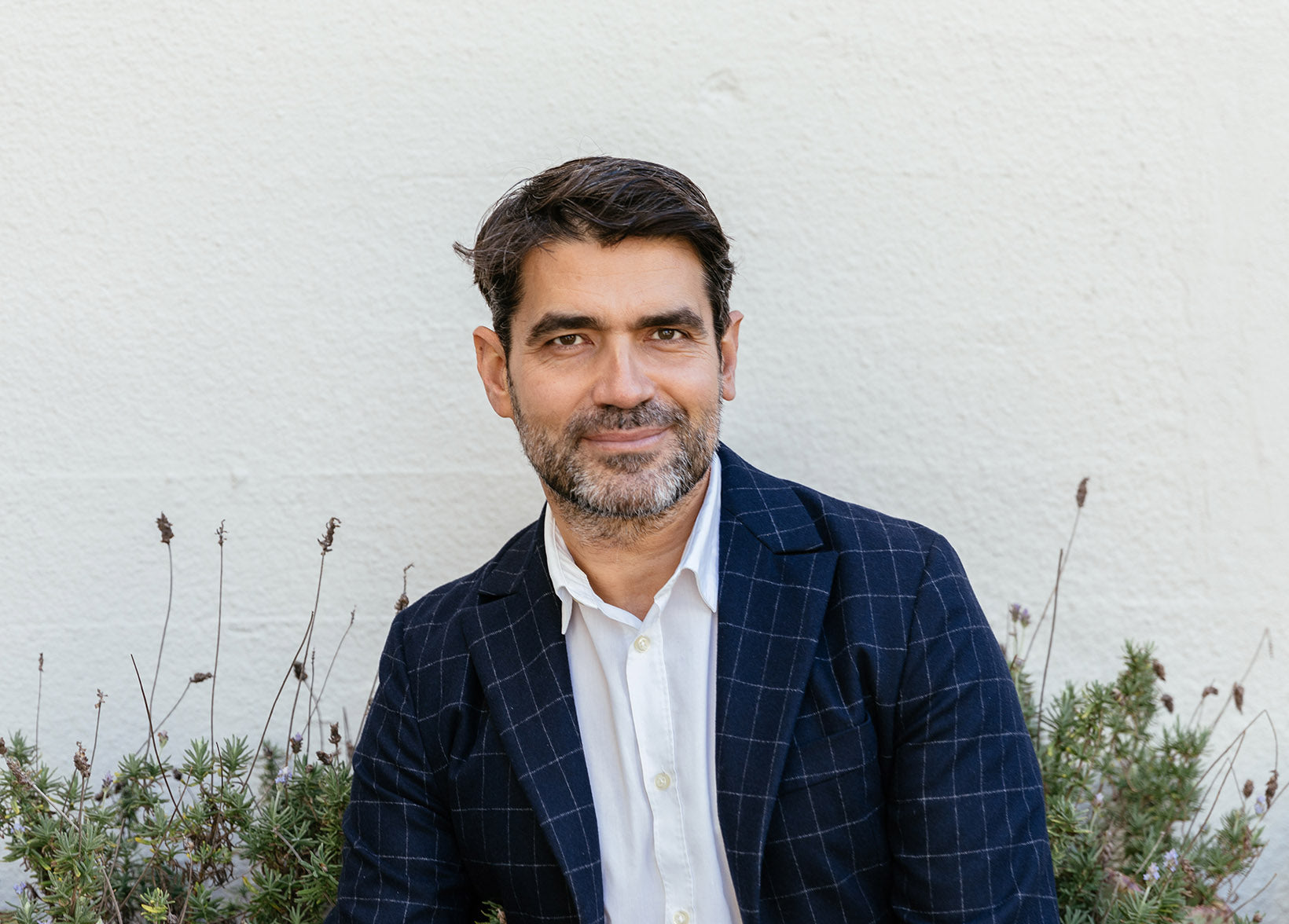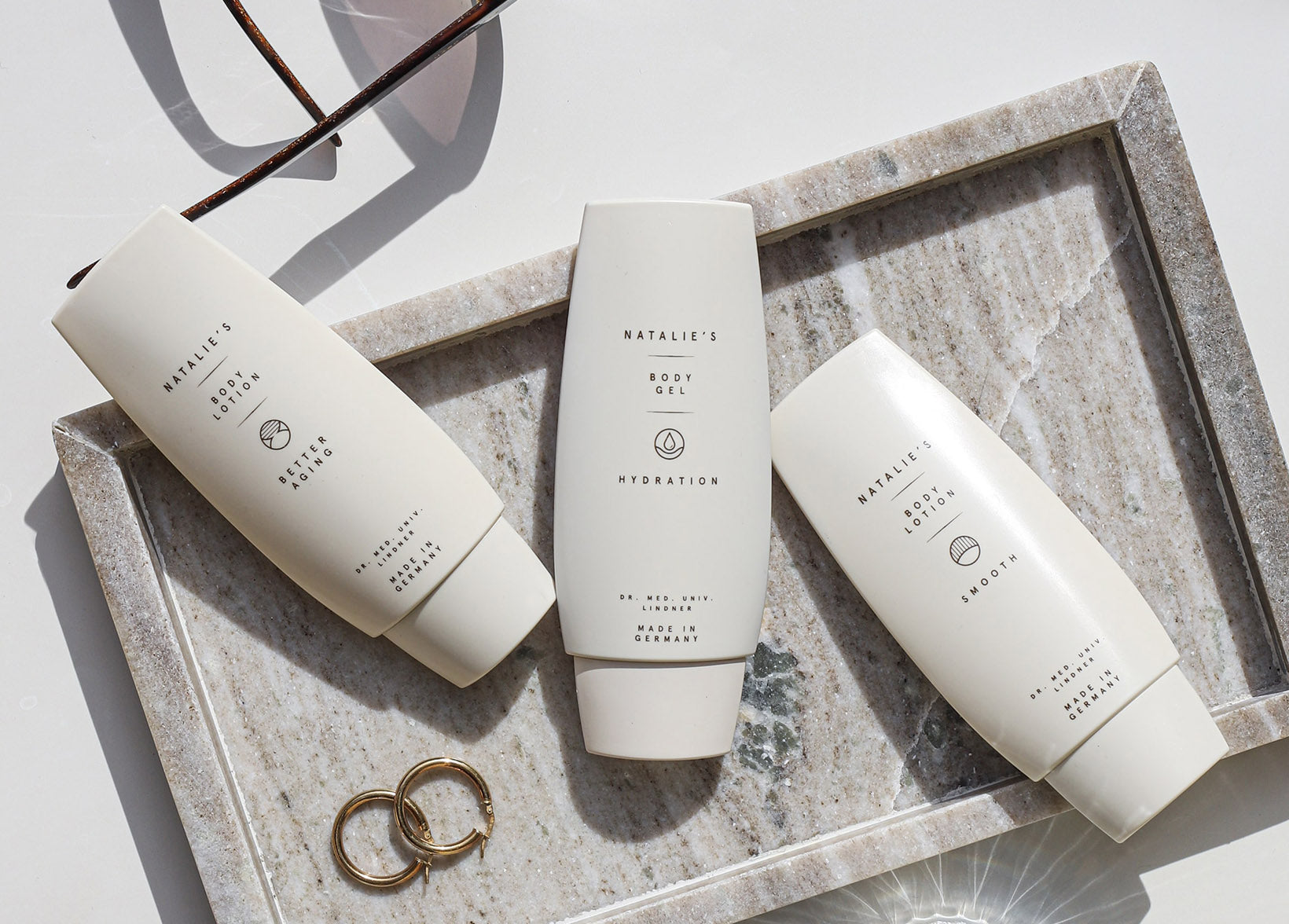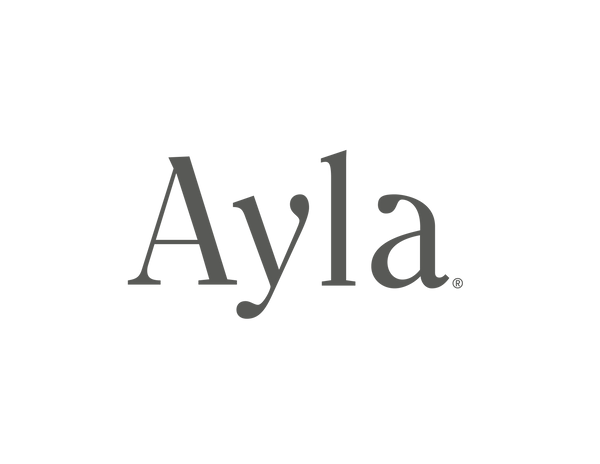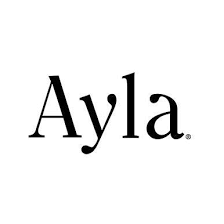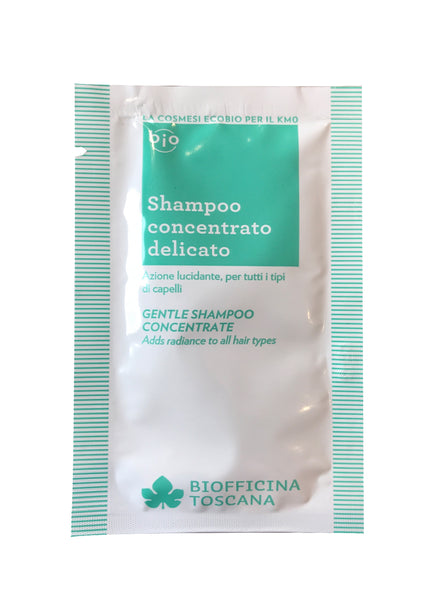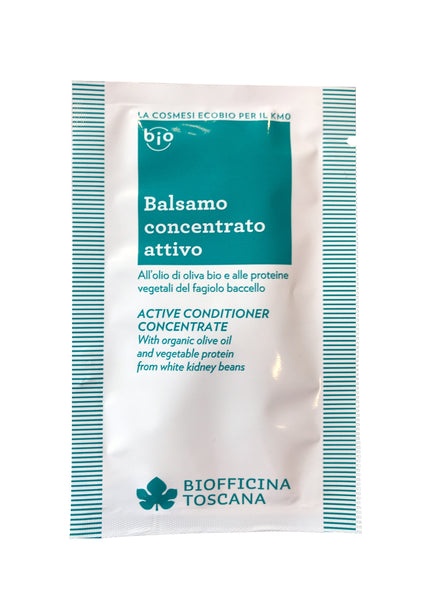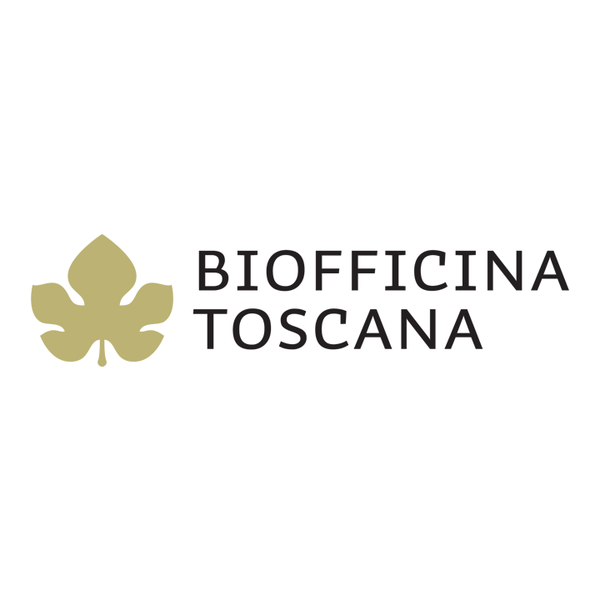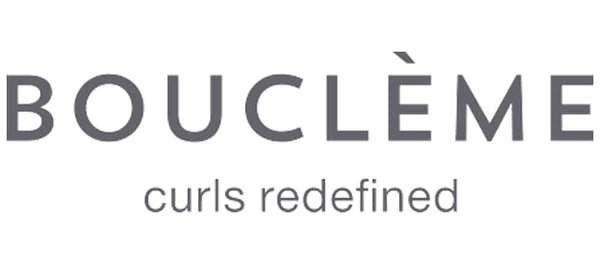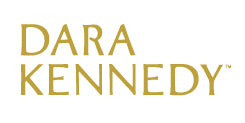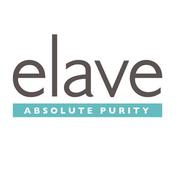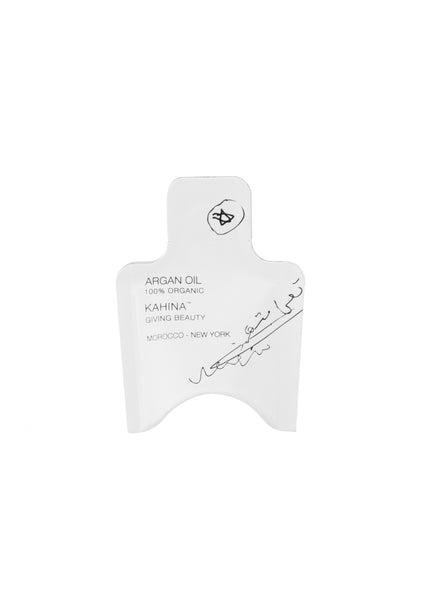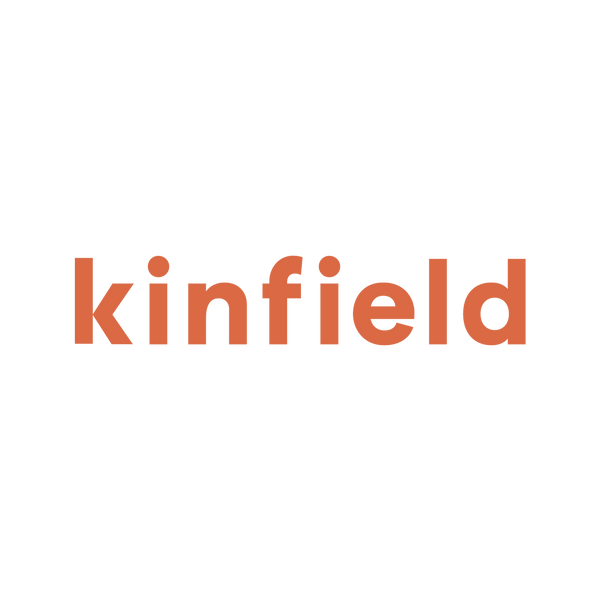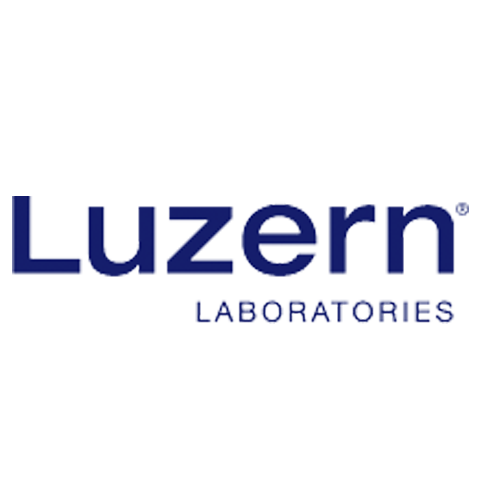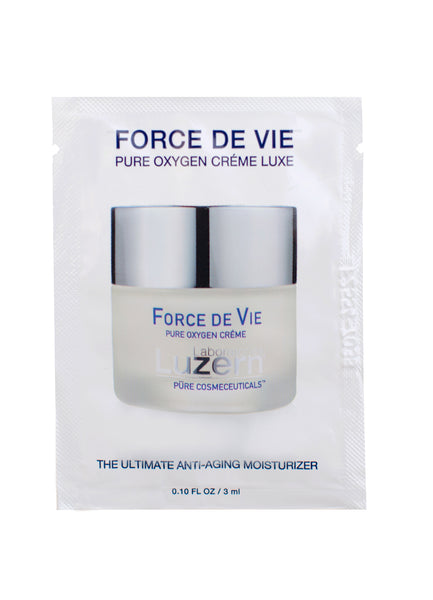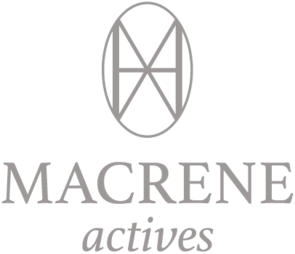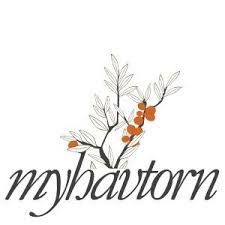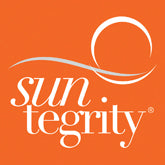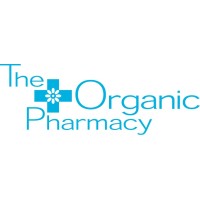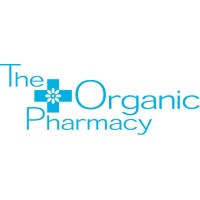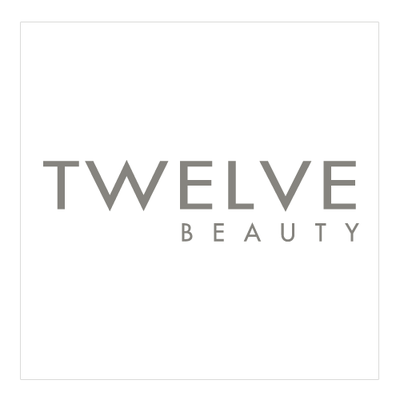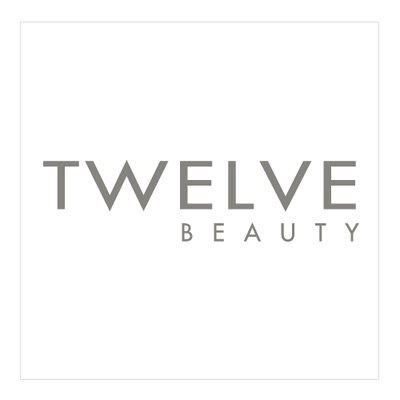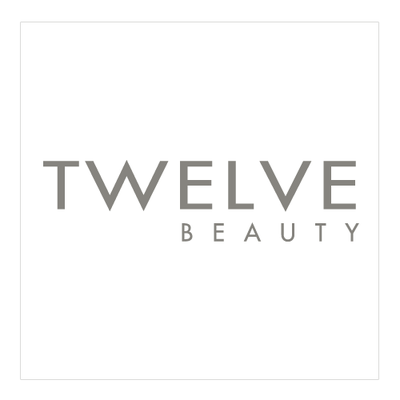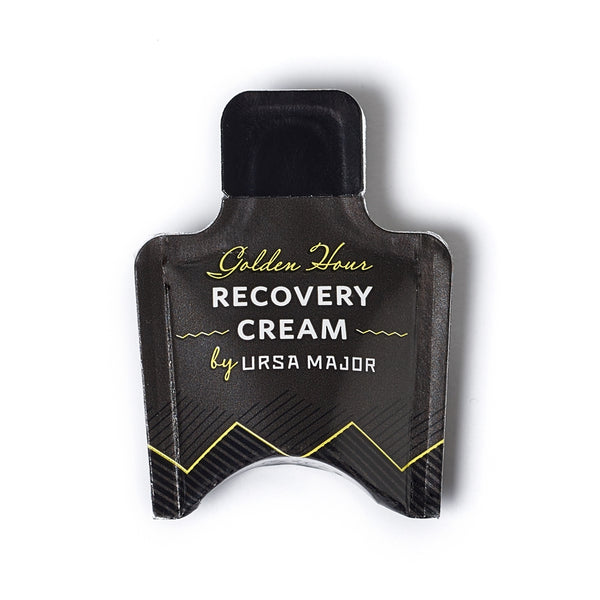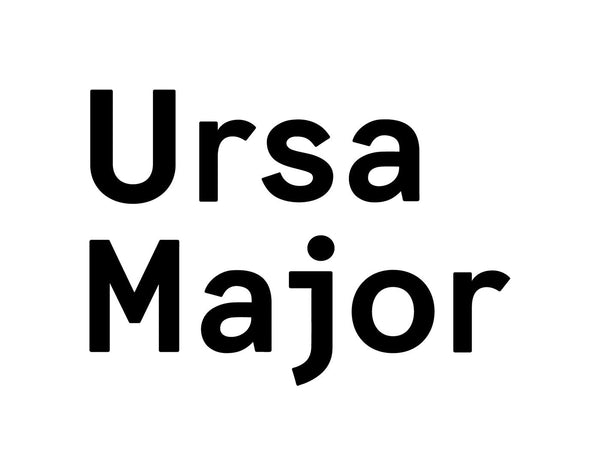Recent Articles

Kristina Holey and Marie Veronique with Dara at Ayla, all snuggled up without masks...pre-pandemic
If you’ve been thinking, “I haven’t been able to see a facialist in ages! My skin must be a mess,” you’re not alone. Many people have gone without their regular facial treatments over the past year; at the same time, many who didn’t see a skincare therapist regularly have spent more time looking at their skin and thinking, “It’s about time I got a facial…oh, but wait.” Whether one has had a regular practice of visiting a facialist or not, this pandemic has left most of us to our own devices.
We talked to famed facialist Kristina Holey about this, and you’ll be happy to know that, in her view, strategic at-home skincare has always been — and always will be — much more important than in-person treatments. She also shared some specific practices that we can all adopt in our skincare routines to bring that experience home, even after facial treatment rooms open up across the country.
***
Ayla: How should we actually be washing our faces, and how long should we put aside for that ritual? Do you suggest a different approach to cleansing in the morning and in the evening?
KRISTINA HOLEY: I consider cleansing to be the least interesting or beneficial part of one's routine. I suggest skipping cleansing in the morning as there's not much point in it if you cleansed and followed your PM routine the night before. Of course, if you just went to bed with SPF and makeup on, then go ahead and cleanse to remove. Otherwise, I suggest just rinsing with water — warm, then cold (mostly because it feels really good) — and applying a toner, something like the Balancing Hypotonic to hydrate and make sure pH is in a good range.
However, I will say that if your skin is healthy, your acid mantle will do that on its own all day long regardless of your environment and products, etc. But if you are symptomatic, this step is quite important to help replenish the components of the acid mantle and support the body to step in and do its job.
The same sort of theory applies for the question about cleansing post workout, for those who are fearful about sweat causing breakouts. If you have healthy skin and a balanced microflora, then your sweat is just fine; no problems and a rinse with water is enough. However, if you’ve been using harsh products with loads of preservatives, cleansing with a gentle cleanser post workout might be a good idea, as the absence of certain microbes can result in an inflammatory surge in the pores.
At night, the purpose of cleansing is to remove your SPF, makeup, and the pollution/grime of the day. This can be an enjoyable process where you can fold in some facial massage and boost circulation in the skin. I suggest skipping any harsh cleansers that strip away oils or claim to do too much. I think of cleansing in order to remove what we've done to the skin (makeup, spf, etc) vs trying to "control" anything (oil production, bacteria, etc).
Ayla: What are the major benefits of facial massage, and how to you use it during your treatments?
KRISTINA: Facial massage has many different benefits and claims, but the most important, I think, is that it feels good and is a distracting or meditative experience.
It's not that easy to do on yourself, but in a treatment, it can be really relaxing and calming, just as a body massage can be. Clients used to fall asleep all the time when I would start the massage and I loved that (this was WITH my hands in their mouth also!). Total trust and relaxation :)
Aside from that point, there is the goal to bring in increased blood flow, nourish the skin, hydrate and sculpt the muscles, “melt” the fascia, etc. All of which take a little training to get to know anatomy, direction of drainage, connection points of the muscles, etc. You likely won't get into trouble just experimenting, but to get big results, practice and knowledge is important (isn't that true with everything!).
Ayla: Facial massage is something that very few of us do at home; even fewer of us feel as though we know what we’re doing when we massage our faces. What’s the best way to fit self-massage into our home facial care routines? (Should we do it while cleansing, while applying oils, or both? And are there specific steps or techniques you can suggest?)
KRISTINA: I imagine there are all sorts of tutorials online about choreography for facial massage to achieve certain goals/results. I like incorporating it while cleansing (with an oil cleanser) and also when applying oil/moisturizer.
I honestly think the most important part with massage is to be intuitive and do what feels good. One's sense of touch can be profound and it takes practice. I used to sit for hours pinching my thighs while watching a movie to figure out the way to massage - the correct type of pressure and touch, etc. You have to do it a lot to know what pressure is right and to create the muscle memory/technique.
Also, the more regularly you touch your own skin, and massage it, the more you will develop that sense of “seeing through the fingers” and can understand the state of your skin and what it needs.
Ayla: All right, let’s talk about masks for a moment. We know that the choice of a mask depends entirely on your skin concerns; still, is there a particular approach to masking that you can suggest for most of us — whether it’s the type of masks we should have at hand (exfoliating/moisturizing), whether we should alternate them, and how frequently to use them?
KRISTIN: Well, you can’t go wrong with a yogurt mask! That's appropriate for anyone/everyone–hydrating, softening, moisturizing, good bacteria, all the things.
Aside from that, it does depend on who you are and what you need; from my experience, people want to mask because they want a result, right? This approach is not often in line with their actual skin's needs. People want to appear brighter, fresher, awake, clear, plump, etc. Or even just out of boredom on a Sunday afternoon, you want something to make you feel “different.” The good thing about that and most masks on the market is that they really just don’t do THAT much, at least in the long term game, so go ahead and play around. Most masks are loaded with ingredients I don't love and preservatives, etc. but as you are leaving it on for 10 minutes and then rinsing it off, the impact isn’t that huge, and the glow you might get for the next hour is maybe what you need at that moment.
However, if you are more patient and looking for long term benefits and improvements in your skin, try masks that are loaded with nutrients to support your skin. This will help continue to guide your skin into balance and replace anything you are missing. We make both types at Marie Veronique —
- To give the instant gratification, exfoliation with our Probiotic + Exfoliation Mask: gentle enough not to destroy your skin, but enough acids to remove the dead skin cells and give you the bright effect. Also packed with probiotics to replenish whatever you did end up removing.
- The Micronutrient + Hydro Mask is meant to reset your skin (really good when applied post Probiotic + Exfoliation Mask) and provides lots of nutrients your skin needs to function optimally. It boosts skin function over time, as it is loaded with immune supporting nutrients, too!
Ayla: What else do you suggest we do at home to help bridge the gap between visits to a skincare therapist, especially if that gap is — for example — about a year long?
KRISTINA: You know, I am a facialist, and HAD a skincare practice for years. But honestly, we don't really need facials more than for the relaxing experience, chit chat, and a little refreshing boost. I just don't think anyone's skin should be reliant on facials to be healthy.
I was always surprised when I heard from a new client that “my mom always got facials and had perfect skin,” and I never could really wrap my head around it. I would think in response, “What does that mean? What was the facialist actually doing that made her mom’s skin perfect?” I think a lot of facials can do more harm than good, as the approach is still a little antiquated (not up to speed with current microbial research), in my opinion — peels, picking at the pores, and then a final mask to calm skin from the trauma.
What we are missing in COVID is the touch, the contact, the conversation, and someone taking the time to listen and give suggestions on how you can support your skin and watch your progress: those parts of a treatment are LOVELY, and I miss them greatly. Since all the real work in healing and supporting the skin is done at home anyhow, the focus during COVID should be more about investing in a really strong at-home routine, a great diet, and maybe a handful of supplements; this can all really be done virtually via consults.
Save the money you would normally spend on extractions to prevent acne and instead put it towards some blood tests and a great MD (or acupuncturist), and dig deep to do the real work. One positive thing about COVID is that there is a little retraining of our habits around instant gratification and results. We are all patiently waiting for it to be over, to travel again, see our friends, get a facial, and make plans, and I think that even though there are many tragic sides to this pandemic, this one aspect of practicing patience is good for us all.

